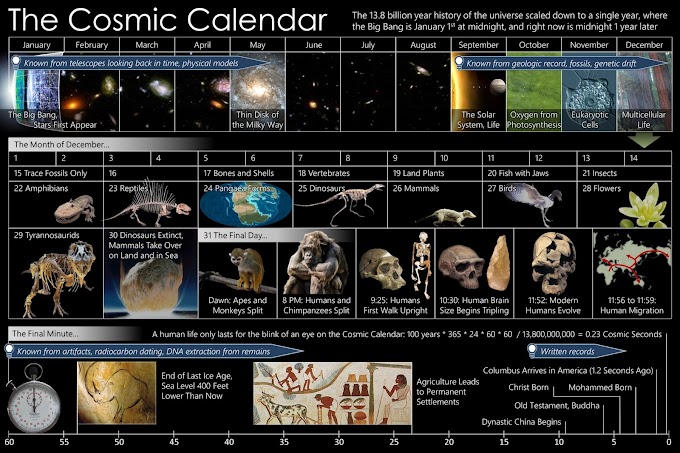Undoubtedly, out of the eight planets of our solar system, Saturn is the most striking, not for its shape or its characteristics, but for its huge and distinctive ring system, which gives Saturn the qualifier of “the jewel of the solar system".
Although Saturn is not the only planet that has a ring system (since Jupiter, Uranus and Neptune also have it, only with different size and composition), it is true that Saturn´s is the most dazzling, and in no other planet are able to be seen (even from very close) these majestic rings.
The planet Saturn is the sixth in the order of our solar system. It is also the second in size and mass after Jupiter. Its name comes from the Roman god Saturn (god of agriculture and harvest). It has an equatorial diameter of 120,000km and a polar diameter of 108,728km, this difference is due to the fast rotation of the planet (approximately 10 to 11 hours for each complete rotation, but this number varies at different latitudes), and its relatively low gravity.
Saturn has a specific density of approximately 690 kg/m³, being the only planet in the solar system with a density lower than water (1000 kg/m³), this means that if there were an ocean large enough to put Saturn inside from him, the planet would literally float. The atmosphere is composed of 96% hydrogen and 3% helium. The volume of the planet is enough to contain 740 times Earth, but its mass is only 95 times the Earth, because of the aforementioned low average density. Saturn also has a total of 82 satellites or moons discovered until today, standing out among all the moon Titan, which in addition to being the largest satellite on the planet, is the only satellite in the solar system with an important atmosphere, with abundance of methane, and it is estimated it is similar to Earth´s primitive atmosphere in the initial stages after its formation.
The first one to observe the rings was the Italian astronomer, mathematician and physicist Galileo Galilei (1564-1642) in 1610, but due to the low resolution of his telescope and the inclination of the rings, he believed that they were large moons or others object very close to the planet. The Dutch astronomer, mathematician and physicist Christiaan Huygens (1629-1695), clearly observed the rings in 1659, as he had better means of observation. In 1675, the French nationalized Italian Giovanni Cassini (1625-1712) found a dark band (the division that bears his name) that actually marked the separation between two concentric rings.
 |
| Galileo Galilei |
 |
| Christiaan Huygens |
 |
| Giovanni Cassini |
 |
| James Clerk Maxwell |
But it was the Scottish scientist James Clerk Maxwell (1831-1879), who in 1859, mathematically demonstrated that the rings could not be one or two single solid objects but should be the grouping of millions of smaller particles with small masses that maintained independent orbits The particles that make up Saturn's rings spin at a speed of 48,000 km/h, 15 times faster than a bullet. This discovery earned Maxwell the Adams Award from the University of Cambridge. The experimental proof of this hypothesis came in 1895, when American astronomers James Edward Keeler and William W. Campbell deduced the velocity of the particles in the rings from their Doppler displacement, or modification of the wavelength of the spectral lines of the sunlight that particles reflect towards Earth.
Saturn ring system is mainly composed of the largest and brightest rings called A and B. There is a distance between one and another of 4800 kilometers, the transparent region between ring A and B is the called Cassini division, previously mentioned. In addition, the ring system also includes the smaller and less opaque ring C, which is located within the inner edge of the ring B, and the even smaller ring D, which remains within the ring C. Put together, the main rings of Saturn (A, B and C) measure about 275,000 kilometers of annular width, which represents three quarters of the distance between Earth and Moon. And in addition to the main rings, there are also rings E, F and G, which are very pale and much smaller (in September 2006 another ring was discovered between F and G).
Within the rings themselves there are small moons or satellites called shepherd satellites, which are responsible for keeping the rings in place due to their gravity. Mimas satellite, for example, is responsible for the Cassini division's existence.
The thickness of Saturn's rings is approximately 1km at the upper limit of its vertical extension. As for its width, they are extremely thin, with a minimum width of only a few meters.
It is estimated that the age of the rings is much lower than Saturn´s, between 10 and 100 million years, while its total mass is estimated at about 1.54×1019
kg.
The rings of Saturn extend in the equatorial plane of the planet from 6630km to 120 700km above the equator and are mainly composed of ice (and it is presumed that there could also be additional substances in small quantities such as iron oxide powder ). The size of each of the particles varies from microscopic dust particles to rocks a few meters in size.
In October 2009, the Spitzer Space Telescope discovered a gigantic new ring around Saturn, much larger than those already known. And it had gone unnoticed until now, because it is very rare and so difficult to see that it is almost invisible. It extends from 6 million kilometers away from the planet and reaches 13 million kilometers in diameter.










0 Comments